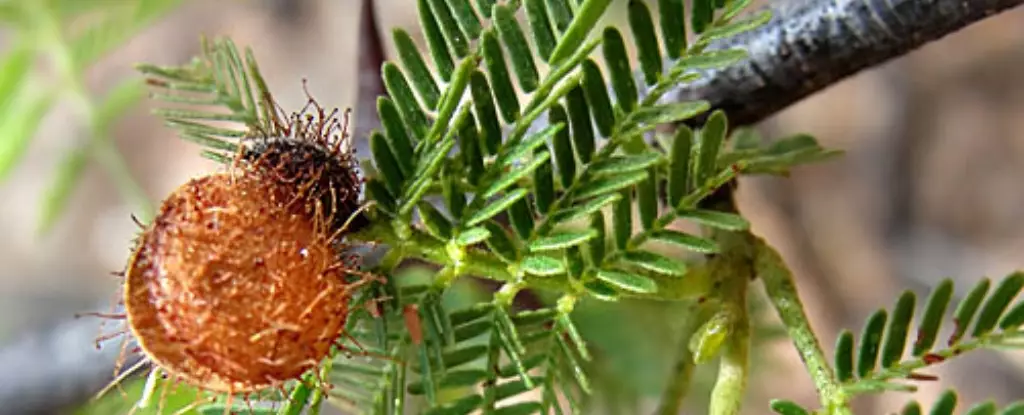The jurema preta plant, known scientifically as Mimosa tenuiflora, has a significant place in Indigenous Brazilian culture, where it has been used for centuries in spiritual rituals. This plant is not merely symbolic; it serves as the source of dimethyltryptamine (DMT), a powerful psychedelic that has recently piqued the interest of researchers and mental health advocates. Unlike many modern pharmaceutical solutions, the jurema preta offers an intriguing blend of ancient wisdom and contemporary scientific inquiry, suggesting that a return to some age-old practices could provide new avenues in mental health treatment.
The utilization of jurema preta in ceremonies is not an arbitrary practice. These rituals combine elements of dance, music, and communal sharing to foster a deep connection within participants and their surroundings. Such practices bring to light an important aspect of mental health: the need for community support, holistic engagement, and the acknowledgment of spirituality. As the world grapples with increasing rates of mental health disorders, discovering how these Indigenous traditions can inform modern therapies is not just insightful—it’s imperative.
The Rise of Psychedelic Research
The growing body of evidence supporting the therapeutic potential of psychedelics is transforming the landscape of mental health treatment. Guaracy Carvajal, a software programmer who has battled chronic depression, exemplifies the potential of jurema preta. After extracting DMT from the plant’s root using online guides, he experienced profound changes in his perception of life, highlighting the promise of psychedelic substances as meaningful interventions in mental health.
Research led by Physicist Draulio Araujo at the Brain Institute of the Federal University of Rio Grande do Norte showcases a systematic approach to studying DMT. In a controlled environment, participants inhaled vaporized DMT, revealing significant shifts in their depressive symptoms, sometimes merely a day after treatment. Such rapid responses are uncommon in conventional treatments, making psychedelics a revolutionary area of exploration. However, Araujo cautions that this is not a one-size-fits-all solution; the efficacy varies widely among individuals.
A Balancing Act: Benefits and Cautions
While findings are promising, the narrative surrounding psychedelic use cannot ignore the complexity and risks associated with them. Draulio Araujo emphasizes that psychedelics “are not for everyone,” suggesting a nuanced perspective on mental health treatments. This sentiment is echoed by neuroscientist Fernanda Palhano-Fontes, stressing that individual responses to DMT can vary drastically. Some patients report significant improvement, while others see little to no change. This inconsistency raises important questions about who might benefit from such treatments and under what conditions.
Moreover, ethical considerations surrounding the use of plant-based psychedelics cannot be overlooked. The legal landscape in Brazil reflects a unique conundrum: while the cultivation and possession of jurema are legal, the consumption of DMT remains restricted outside of religious and scientific contexts. In many ways, Brazil serves as a fascinating case study into the intersection of tradition, spirituality, and modern science. The ceremonial use of jurema, as observed in group settings where individuals seek insights through guided trances, illustrates how community-driven approaches could balance the therapeutic potential with responsible use.
Voices from the Ground
First-hand experiences from individuals like Joyce Souza shed light on the subjective experiences associated with jurema ceremonies. Attending a session not only engages participants in a communal setting but offers a transformative spiritual experience. As Souza articulates, these sessions provide access to “spiritual channels,” allowing for deeper introspection and self-communication. Her description captures a more profound essence of healing that transcends conventional therapy, reminding us that mental health is not solely a matter of chemical balances but also of spiritual and emotional connectivity.
In a society confronting an escalating mental health crisis, the potential of jurema preta and its associated psychedelics demand rigorous exploration. Current research initiatives, like Araujo’s plan to include 100 participants in future studies, bring hope to many who seek relief from the grip of depression and other disorders. This ongoing inquiry invites a reevaluation of how we define healing and well-being, paving the way for an integrative approach to mental health care that includes both modern and traditional wisdom.


Leave a Reply